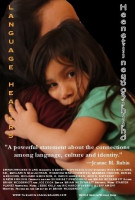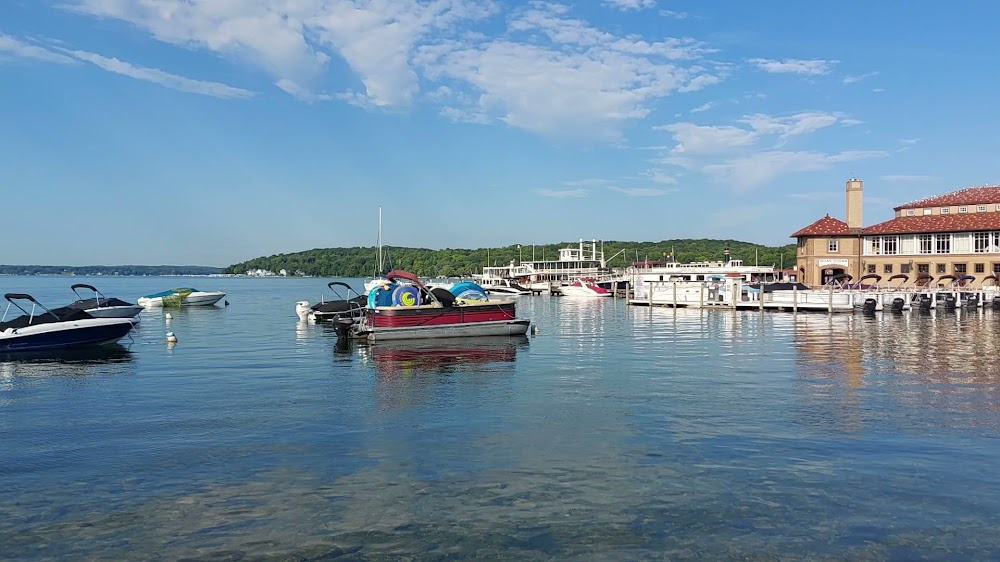Heenetiineyoo3eihiiho': Language Healers Filming Locations

Where was Heenetiineyoo3eihiiho': Language Healers filmed? Heenetiineyoo3eihiiho': Language Healers was filmed in 4 locations across United States in the following places:
Heenetiineyoo3eihiiho': Language Healers Filming Locations
Alaska is a non-contiguous U.S. state on the northwest extremity of North America. It is in the Western United States region. The only other non-contiguous U.S. state is Hawaii. Alaska is also considered to be the northernmost, westernmost, and easternmost state in the United States. To the east, it borders Canada.
Montana is a western state defined by its diverse terrain ranging from the Rocky Mountains to the Great Plains. Its wide-open spaces include Glacier National Park, a vast wilderness preserve that passes into Canada. The park’s many snow-capped peaks, lakes and alpine hiking trails are showcased along its famed Going-to-the-Sun Road, stretching 50 miles.
Wisconsin is a midwestern U.S. state with coastlines on 2 Great Lakes (Michigan and Superior) and an interior of forests and farms. Milwaukee, the largest city, is known for the Milwaukee Public Museum, with its numerous re-created international villages, and the Harley-Davidson Museum, displaying classic motorcycles. Several beer companies are based in Milwaukee, and many offer brewery tours.
Heenetiineyoo3eihiiho': Language Healers (2014)
Heenetiineyoo3eihiiho' (Language Healers) tells the story of Native Peoples striving to revitalize their languages. We learn about the importance of Native languages and cultures in Alaska from a Yup'ik dog musher and a Tlingit carver of wood and metal. The film then takes us to a school in Wisconsin where we hear the story of a seventh grade girl who was recently punished for speaking a few words of the Menominee language. We learn more about the fight against language loss through visiting a Euchee (Yuchi) immersion school in Oklahoma where only four fluent elder speakers remain. We also meet National Geographic Fellow and Swarthmore College linguistics professor K. David Harrison who introduces us to his innovative online talking dictionaries project for Indigenous languages. Finally, we travel to Montana where Neyooxet Greymorning, an inventive Arapaho professor of Anthropology and Native American Studies, has been perfecting a method to quickly save these disappearing national treasures.

